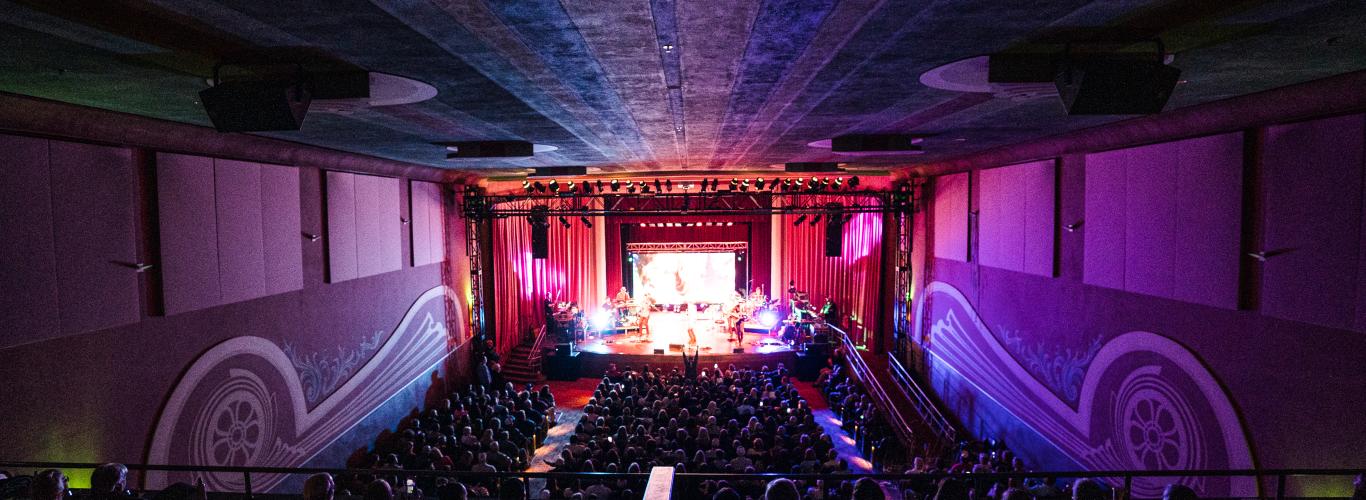Elizabethtown, Ky. began quietly on July 4, 1797 when Revolutionary War veteran, Andrew Hynes, gave a 30-acre tract of land to Hardin County leaders.
Hyndes and others who settled in the area almost 20 years earlier had been vying with another settlement near Hodgenville to become the county seat and land the potential development that might follow. Though the county had already built a small courthouse near what later would become downtown, Hynes's gift solidified the area's position.
In appreciation, the new city was named in honor of Hynes's wife, Elizabeth.
Within months, Elizabeth Town (as it was listed then) had been parceled into quarter and half-acre lots. Spots sold for as much as $10.
By 1808, the lots were sold to merchants, and other business people turned Elizabethtown into a bustling hub. A number of saloons, hotels, and dry goods stores were positioned around the block-shaped intersection known as Public Square.
By 1810, the city's population nearly doubled to approximately 180 residents. The city's growth and interest from people in other parts of the region fueled the need for transportation.
Before long, the Louisville & Nashville Turnpike, a hard, stone-surfaced road, was built through the city. Stage coach routes made regular stops in the area.
The transportation push continued with construction of the Louisville & Nashville Railroad that paralleled the turnpike. Elizabethtown resident John L. Helm, who served as the railroad's first president, demanded the railroad's charter require every train to stop in Elizabethtown, and they did until the rail system ceased passenger service in the 1960s.
Thanks to the railroad, Elizabethtown became a hotbed for development during the Civil War. The track was used by the government to move supplies to Union forces battling their way into the South.
Sensing the railroad's importance, Confederate General John Hunt Morgan looked to cripple the Union Army's effort. From atop a hill in what is now the Elizabethtown City Cemetery, Morgan's soldiered fired 107 shells into downtown two days after Christmas in 1862. Morgan overcame about 600 troops guarding the rails, burning bridges, and taking out the network for some time.
The railroad was rebuilt, and a few years later another railroad from Paducah to Hodgenville was constructed with Elizabethtown serving as its traffic hub.
A group called the Elizabethtown Industrial Foundation was formed after the slump of the Great Depression to entice industries to bring more jobs to the area. Construction of the Hardin Memorial Hospital was quickly underway.
The Kentucky Turnpike, the first major highway to go through Elizabethtown, was opened, connecting the city with Louisville. A few years later, the Western Kentucky Parkway from Elizabethtown to Princeton and the Bluegrass Parkway from Elizabethtown to Versailles were constructed. The crisscrossing highways led to Elizabethtown's nickname as the Hub City.
More than two decades ago, the turnpike became part of Interstate 65, which runs from Chicago, Ill. to Mobile, Ala., leading more people to the city. The time of the roads' inceptions also marked the beginning of growth on the city's outskirts, particularly the buildup of retail and service outlets. Before long, some downtown merchants left for more spacious surroundings near the shopping centers.
In the 1970s, Kentucky economic leaders encouraged parts of the state to build regional industrial parks to entice companies to the state. A group of several local businessmen and elected officials worked to develop a site. Thanks to loans from local banks and the state, the city purchased 1,600 acres of land between U.S. 31W and U.S. 62. Industries from across the country and around the world have made their way into the Elizabethtown marketplace.
The landscape changed again in the early 1980s with the arrival of the Towne Mall, which resulted in continued retail development along the city's north side. The outward reach also triggered the rush of industrial development that has fueled much of Elizabethtown's growth over the last few decades.
Now, Elizabethtown has grown from 180 residents in 1810 to an approximately population of 31,000 in 2018.
To learn more about the making of Elizabethtown and some of the people who contributed to the construction and history, visit the Historic Downtown Walking Tour every Thursday in downtown Etown from June-September, or download our free mobile app at TourEtown.com/app for self-guided tours.







